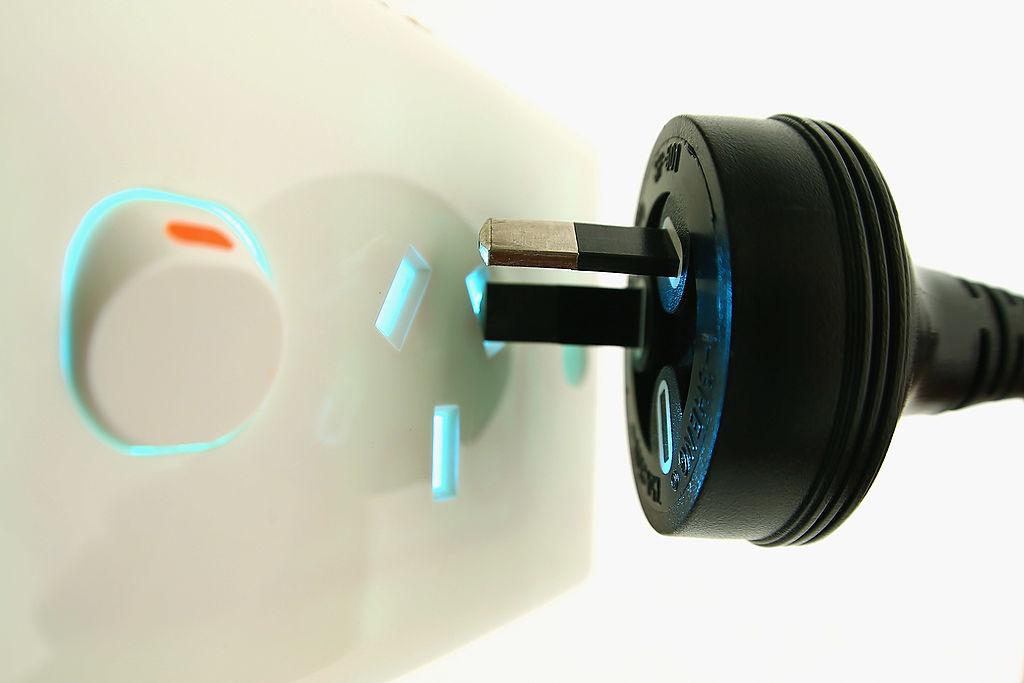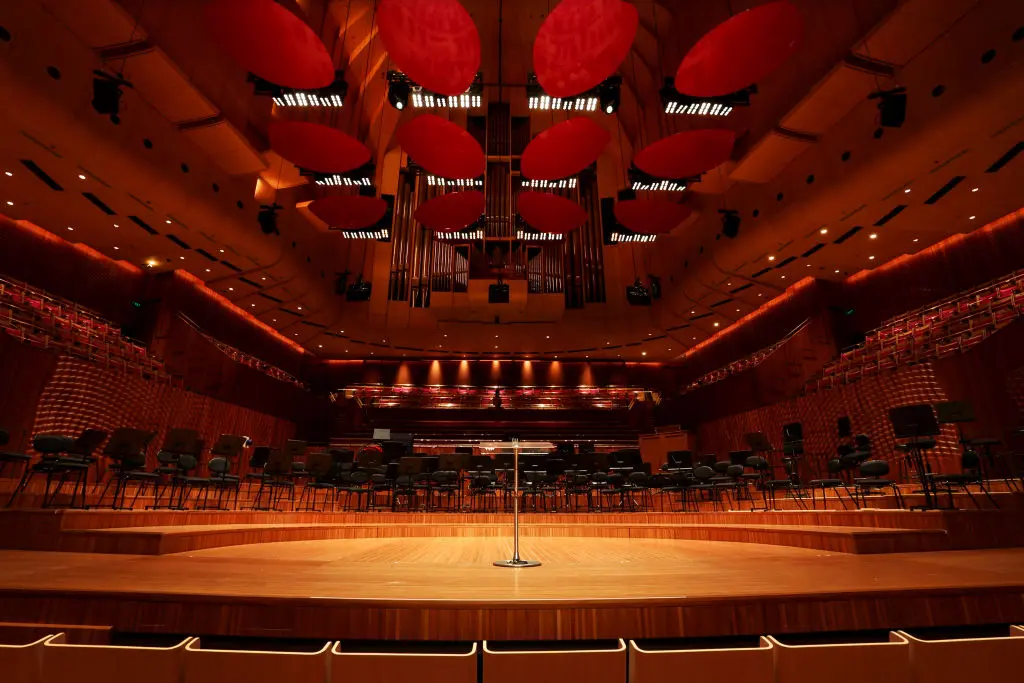Australian energy giant AGL has warned proposed sweeping changes to the operation of the country’s electricity market may result in higher prices for customers.
Following major disruptions to the energy grid in June—with the Australian Industry Group describing it as “apocalyptic“—authorities were forced to suspend the National Electricity Market (NEM) to ensure households and businesses could get access to power.





